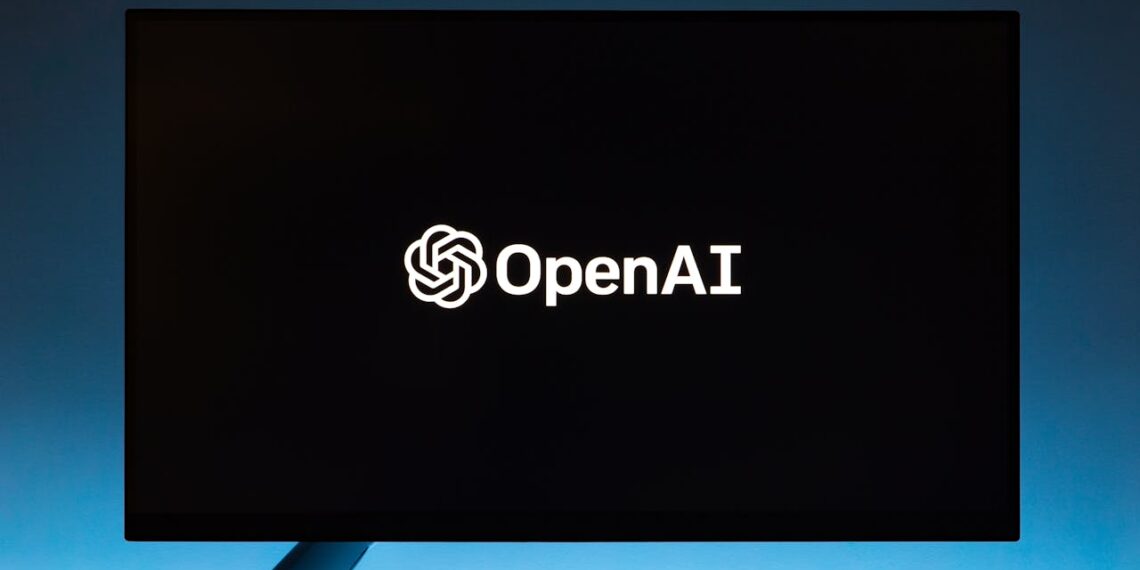In an event that came to light only recently, a hacker infiltrated OpenAI’s internal messaging systems early last year and accessed confidential information regarding the design of the company’s artificial intelligence technologies.
Sources with knowledge of the incident revealed that the hacker extracted details from discussions within an online forum where OpenAI employees shared insights about their latest technological advancements.
Importantly, the hacker did not penetrate the core systems where OpenAI develops and maintains its AI infrastructure.
OpenAI executives addressed the breach during an all-hands meeting at their San Francisco headquarters in April 2023. They also informed the company’s board of directors. Despite the severity of the breach, OpenAI decided not to disclose the incident publicly, noting that no customer or partner information had been compromised.
Furthermore, the executives did not deem the breach a national security threat, believing the hacker to be an individual unaffiliated with any foreign government. Consequently, federal law enforcement agencies were not notified about the incident.
Earlier this year, OpenAI reported having disrupted five covert influence operations that attempted to exploit its AI models for deceptive activities across the internet. This incident has amplified worries about the potential misuse of AI technologies, especially in scenarios involving misinformation and manipulation.
Meanwhile, the Biden administration is taking assertive measures to safeguard U.S. AI technology from foreign threats, specifically from China and Russia. There are preliminary plans to implement protective regulations around the most advanced AI models, including ChatGPT.
In a related development, sixteen AI companies committed at a global meeting to prioritize the safe development of AI technology. This collective pledge emphasizes the industry’s recognition of the urgent need to address the emerging risks and rapid innovations associated with AI.
The OpenAI breach tells us the importance of cybersecurity when it comes to advanced technology and the continuous drive required to protect sensitive information and infrastructure from potential threats.






